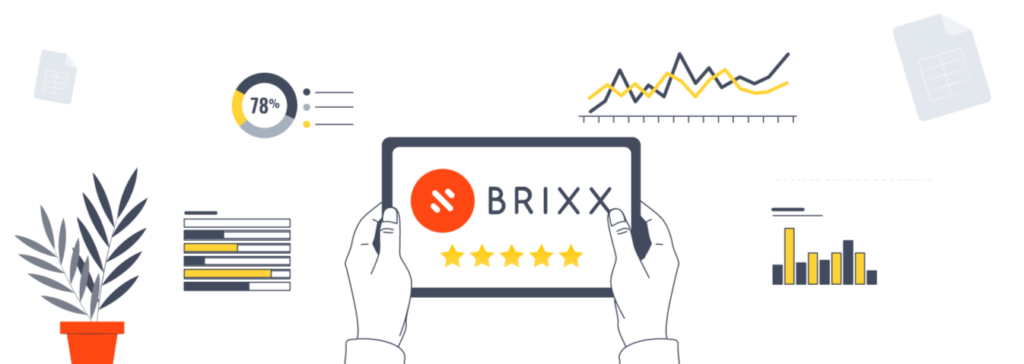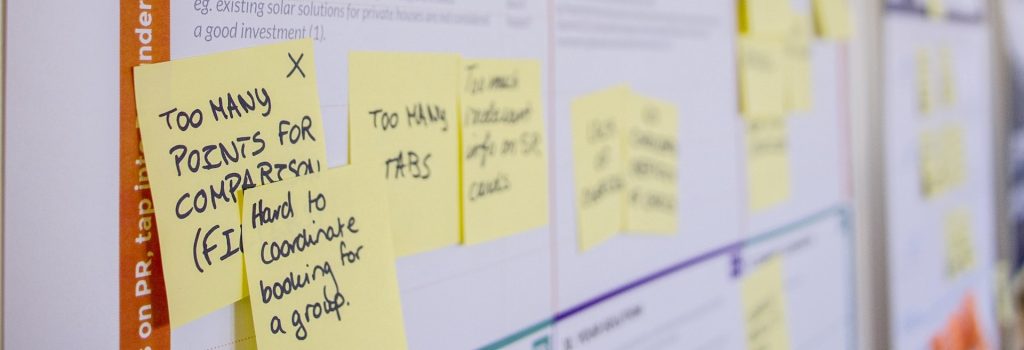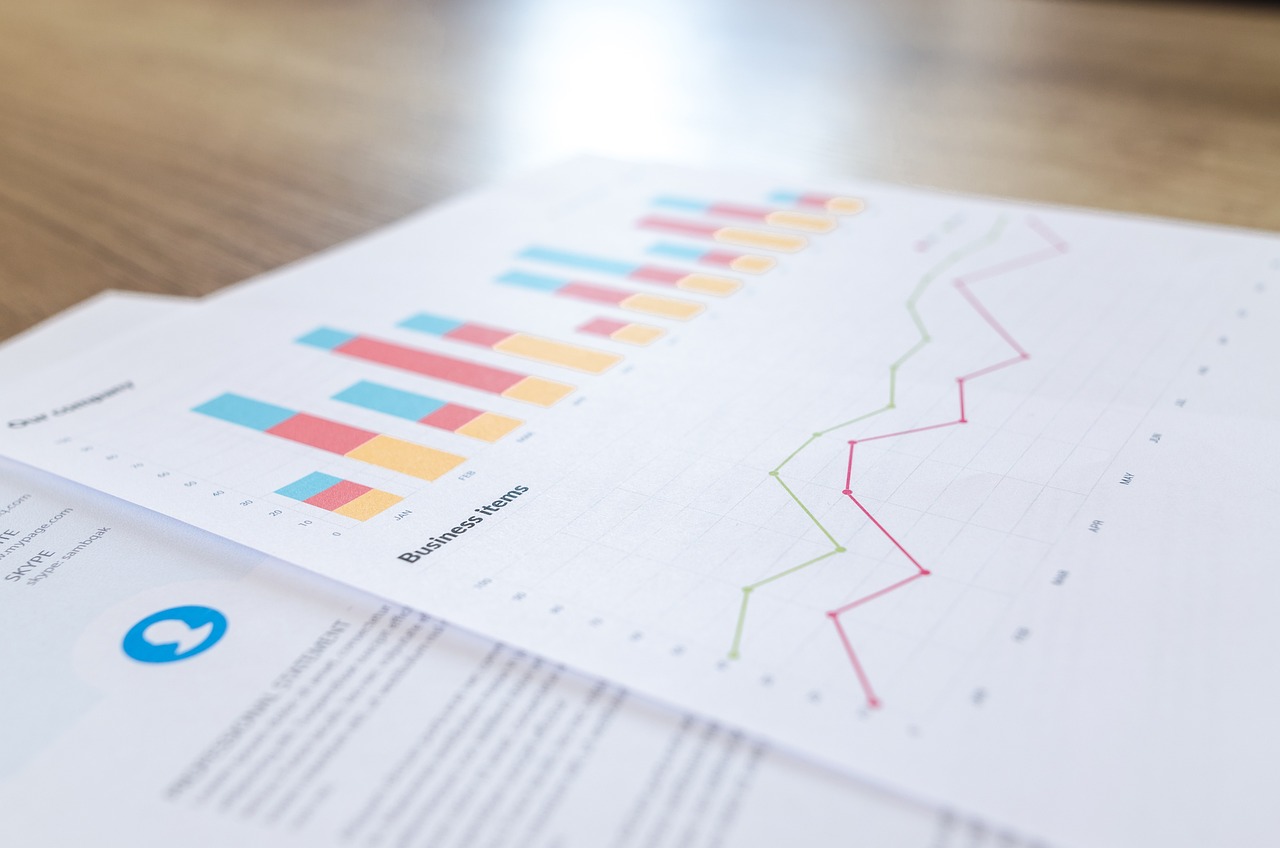

What is scenario analysis?
Scenario analysis is a technique used in various fields to evaluate the potential outcomes of different future scenarios. It involves constructing and examining multiple possible scenarios to understand their implications and assess the associated risks and opportunities.
What is scenario analysis in relation to finance?
As we have mentioned, scenario analysis allows business owners and entrepreneurs to analyse how different scenarios may effect financial outcomes and performance. By making changes in key variables or external factors, businesses can see the effect different situations will have on other relevant aspects of an organization.
In finance, scenario analysis is often performed using financial models or forecasting techniques to simulate and assess the outcomes of various scenarios. It will show potential risks, opportunities, and uncertainties associated with different market conditions or economic environments. By considering these different scenarios, financial professionals can make more informed decisions, develop robust strategies, and manage risks effectively.
Get started with our forecasting software so that you can plan your business' futurePerform scenario analysis in Brixx
How scenario analysis works
Here is a step-by-step overview of how scenario analysis typically works:
- Define the objective: Start by clearly defining the objective of the scenario analysis. Identify the specific problem, decision, or area of interest that you want to explore and understand better through scenario analysis. This could be related to business strategy any other relevant field.
- Identify key factors: Identify the key factors or variables that are likely to have a significant impact on the future outcomes related to your objective. These factors can include both internal and external variables.
- Determine the uncertainties: For each key factor identified, determine the range of possible values or scenarios that could occur in the future. This involves considering both extreme scenarios and more moderate variations.
- Construct scenarios: Using the identified key factors and their range of uncertainties, construct a set of coherent and plausible scenarios. Each scenario represents a specific combination of values or assumptions for the key factors. It is important to create scenarios that cover a wide spectrum of possibilities, including both optimistic and pessimistic outcomes.
- Assess potential outcomes: Analyze the potential outcomes of each scenario on the desired metrics, goals, or objectives. Consider the impacts on financial performance, market dynamics, and other relevant factors.
- Evaluate risks and opportunities: Assess the risks and opportunities associated with each scenario. Identify the challenges and potential opportunities that may emerge in specific scenarios. This evaluation helps in understanding the potential impact on the organization and informing decision-making.
- Make decisions and develop plans: Based on the insights gained from scenario analysis, make informed decisions and develop plans that are robust, flexible, and adaptable to different scenarios. Scenario analysis provides decision-makers with a broader perspective and helps in developing proactive and resilient strategies.
- Monitor and update: Scenario analysis is an ongoing process. Monitor your environment and update the scenarios and analysis periodically. The future is dynamic, and new factors or uncertainties may emerge over time. Regularly revisit and refine the scenarios to ensure they remain relevant and useful.
By systematically exploring different scenarios and their potential implications, scenario analysis helps organizations to better understand and navigate uncertain futures. It enables strategic planning, risk management, and decision-making by providing insights into a range of possible outcomes and enabling organizations to be better prepared for various contingencies.
Scenario analysis example
Let’s consider an example of scenario analysis in the context of a retail business that wants to evaluate potential future scenarios and their impact on its performance. We’ll focus on two key factors: consumer spending and online shopping adoption.
Key factors
a) Consumer spending: This factor represents the level of consumer spending on retail products. Possible scenarios could include high consumer spending due to a strong economy, moderate spending growth, or a recession with reduced consumer spending.
b) Online shopping adoption: This factor represents the extent to which consumers adopt online shopping. Scenarios could range from a significant increase in online shopping due to technological advancements or a slower adoption rate with consumers preferring traditional stores.
Constructing scenarios
Let’s consider three scenarios that combine different levels of consumer spending and online shopping adoption:
- Scenario 1: High consumer spending + high online shopping adoption
- Scenario 2: Moderate consumer spending + moderate online shopping adoption
- Scenario 3: Low consumer spending + low online shopping adoption
Assessing outcomes
For each scenario, evaluate the potential outcomes on the retail business, such as sales revenue, market share, and profitability.
In Scenario 1, high consumer spending combined with high online shopping adoption could lead to increased online sales and potentially improved profitability.
In Scenario 2, moderate levels of both factors may result in stable sales revenue, but with increased competition from online retailers.
In Scenario 3, low consumer spending and low online shopping adoption could result in decreased sales and financial challenges for the business.
Analyzing risks and opportunities
Identify the risks and opportunities associated with each scenario. In Scenario 1, the business may face increased competition from online giants but also have opportunities to capture a larger market share through effective online marketing and customer engagement. In Scenario 3, the business may face risks of declining sales but could explore innovative strategies to attract customers to physical stores and differentiate itself from online competitors.
Decision-making and planning
Based on the insights gained from scenario analysis, the retail business can make informed decisions and develop strategies to address the potential outcomes of each scenario. This could involve potentially investing in an online e-commerce store and improving marketing capabilities to capitalize on online shopping growth.
Monitoring and updating
Regularly monitor the evolving market conditions, consumer behavior, and economic indicators. Update the scenarios and analysis periodically to reflect new information and emerging trends. This allows the business to adapt its strategies and plans accordingly.
Scenario analysis will enable the retail business to consider a range of potential futures and make informed decisions to navigate uncertainties in the market. By exploring different scenarios, the business can develop robust strategies that are adaptable and resilient in varying market conditions.
What are the advantages of scenario analysis?
Scenario analysis offers several advantages that can benefit organizations in various domains. Here are some key advantages:
- Enhanced strategic planning: Scenario analysis helps organizations develop more robust and flexible strategic plans. By considering a range of potential future scenarios, organizations can anticipate and prepare for different possibilities.
- Improved risk management: Scenario analysis is a valuable tool for assessing and managing risks. By evaluating multiple scenarios, organizations can identify potential risks, vulnerabilities, and challenges that may arise in different circumstances. This allows them to develop risk mitigation strategies.
- Better decision-making: Scenario analysis provides decision-makers with a broader perspective. It helps them understand the potential consequences and trade-offs associated with different decisions.
- Anticipation of market trends: Scenario analysis allows businesses to anticipate and adapt to market trends. By exploring different scenarios, organizations can identify emerging trends, changing customer preferences, and disruptive forces in the industry.
- Increased agility and resilience: Through scenario analysis, businesses become more agile and adaptable to changing circumstances. By envisioning and preparing for different scenarios, organizations are better equipped to respond quickly and effectively to unexpected events or shifts in the external environment.
- Stakeholder communication and engagement: Scenario analysis can facilitate effective communication and engagement with stakeholders. It provides a structured framework to present and discuss potential future scenarios, their implications, and the organization’s strategies to address them.
- Innovation and opportunity identification: Scenario analysis encourages organizations to think creatively and identify new opportunities. By exploring different scenarios, businesses can proactively pursue new avenues for growth and success.
Overall, scenario analysis empowers organizations to navigate uncertainties, make better-informed decisions, and improve their strategic agility. By considering a range of possible futures, organizations can proactively manage risks, seize opportunities, and enhance their overall resilience in an ever-changing environment.
What are the disadvantages of scenario analysis?
While scenario analysis offers several advantages, it also has some potential disadvantages and limitations. Here are some of the main disadvantages of scenario analysis:
- Simplification and assumptions: Scenario analysis requires simplifications and assumptions to construct different scenarios. The process involves making certain assumptions about the future, which may not accurately capture the complexity and dynamics of real-world situations. The accuracy and reliability of scenario analysis heavily depend on the quality and validity of these assumptions, which can introduce biases or oversimplifications.
- Uncertainty and unpredictability: Future outcomes are inherently uncertain and difficult to predict accurately. Scenario analysis cannot account for all potential outcomes or accurately predict the likelihood of each scenario. Unexpected events or dynamics can significantly alter the course of the future, making some scenarios irrelevant or invalid.
- Overreliance on historical data: Scenario analysis often relies on historical data to establish the range of potential outcomes. However, historical data may not fully capture all trends or changes. Depending solely on historical data may limit the ability of scenario analysis to anticipate future developments accurately.
- Complexity and resource requirements: Scenario analysis can be a complex and resource-intensive process. Constructing multiple scenarios, modifying models, running simulations, and analyzing outcomes require significant time and expertise. Organizations with limited resources or technical capabilities may find it challenging to implement scenario analysis effectively.
- Limited scope and narrow focus: Scenario analysis typically focuses on a select number of key factors or variables. While this approach helps simplify the analysis, it may overlook or neglect other relevant factors that can influence future outcomes.
- Overconfidence or complacency: Scenario analysis can sometimes lead to overconfidence or complacency if the assumptions made in constructing scenarios are not critically challenged or validated. Organizations may become overly reliant on certain scenarios or overlook risks that fall outside the scope of the scenarios analyzed.
- Interpretation and bias: The interpretation of scenario analysis results can be subjective and influenced by biases. Different stakeholders may interpret scenarios differently, leading to potential disagreements or conflicting views, potentially impacting the objectivity and usefulness of the analysis.
To mitigate these disadvantages, it is essential to approach scenario analysis with caution, consider a wide range of inputs and perspectives, regularly update scenarios based on new information, and critically evaluate assumptions and limitations. Combining scenario analysis with other decision-making tools and techniques can help overcome some of the inherent limitations and enhance the overall decision-making process.
Using financial modeling tools for scenario analysis
Financial modeling tools play a crucial role in conducting scenario analysis. These tools provide the necessary framework and functionality to build and analyze financial models under different scenarios. Here’s how financial modeling tools like Brixx can be used for scenario analysis:
Data management
Financial modeling tools allow you to efficiently manage and organize the data required for scenario analysis. You can import historical financial data, market data, and other relevant information into the tool’s database.
Building the base model
Financial modeling tools provide a user-friendly interface and a range of features to build the base financial model. You can input historical financial statements, define formulas and calculations, and set up assumptions and projections.
Scenario creation
Financial modeling tools enable you to create multiple scenarios by modifying key variables or assumptions in the base model. It allows you to easily switch between scenarios and compare the resulting financial outcomes.
Sensitivity analysis
Financial modeling tools offer sensitivity analysis capabilities, allowing you to assess the sensitivity of financial outcomes to changes in specific variables. You can perform “what-if” analyses by varying one or more variables while keeping others constant.
Scenario analysis and simulations
Financial modeling tools enable you to run scenario analysis and simulations based on the defined scenarios. The tool performs calculations and generates metrics and other relevant outputs for each scenario. You can analyze and compare the results across scenarios.
Visualization and reporting
Financial modeling tools often provide visualization capabilities to present the results of scenario analysis in a clear and meaningful way. You can create charts, graphs, and tables to illustrate the financial outcomes of each scenario and compare them side by side.
Collaboration and version control
Financial modeling tools offer collaboration features that facilitate team collaboration on scenario analysis. Multiple users can work on the same model simultaneously, ensuring efficiency and accuracy.
Sensitivity testing and scenario optimization
Some advanced financial modeling tools offer sensitivity testing and scenario optimization functionalities. These features allow you to perform automated sensitivity analysis across multiple variables simultaneously or optimize scenarios based on predefined objectives or constraints.
Using financial modeling tools for scenario analysis enhances the efficiency, accuracy, and flexibility of the analysis process. Get started with our scenario planning software today!
















